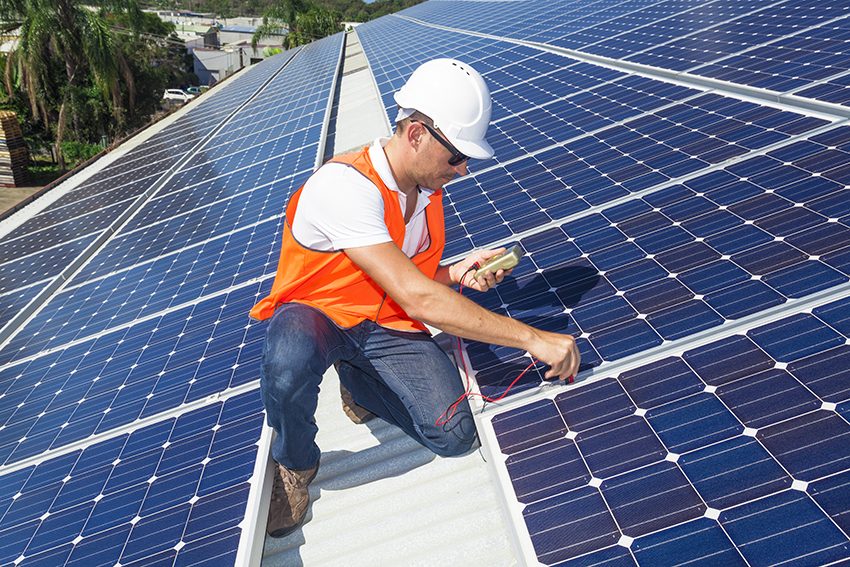How can investment returns be assured in energy saving projects?
Introduction
Organisations invest heavily in energy saving projects and programmes. The green investment bank has valued the non-domestic energy efficiency market at £15 billion. That’s a lot of money! The question is, however, is it paying back for investors?
What’s the issue?
So how do we know if an energy saving has actually yielded a return? I have observed so many projects that have secured funding with well written business cases – but often the results are either not followed up on and therefore not known, perhaps not communicated or simply misunderstood. In my experience it is not due to apathy but largely due to any one of the following reasons:
- It’s complex – Measuring results on energy saving projects is complex and requires a lot of data. Historical baseline energy data (gas, electricity, other) is needed to represent a specified time cycle of energy use depending on the characteristics of a project. This is typically 12 months to cover variations such as weather conditions, but could be as short as a week for manufacturing systems governed only by plant production levels, for example. Other required data will include: details of the project claims (expressed financially and in raw energy terms) and a further post-project period of analysis to match the baseline. Energy data will be required at a global estate, building level and locally sub-metered so that calculations and comparisons can be made.
- It takes a long time – As well as requiring up to 12 months of prior data, time is also needed to implement the projects (sometimes up to a year), with another 12 months’ data post-installation. So potentially a 36-month time period could be needed to review results.
- Who is accountable – The teams responsible for implementing energy programmes can move onto new projects once project management is complete. Therefore the analysis of results can be lost.
- Conditions change – In almost every project that I have verified, conditions have changed that directly affect energy consumption either for better or for worse. Examples include outside temperatures rising and falling (additional cooling and heating loads), humidity increasing (additional cooling loads), occupancy changes (more / less people), operating hours changing (longer/shorter), production or productivity (increasing/decreasing), financial turnover changes (increase/decrease) and footprint changes (increased/decreased).
It’s no surprise that in many cases the performance of energy saving investment is unknown or misunderstood.
How to overcome issues
The first step is to ensure the investment proposals are adequately prepared and checked. The investment proposal should include:
- Project details, scope and boundary conditions
- 12 months energy data supporting the energy saving calculations
- Detailed project energy saving calculations and claims with supporting details
- Clear return calculation and financial appraisal normally expressed as a IRR (Internal rate of return) and/or assessed as a whole life cycle NPV (net present value)
- Clear programming of implementation time frame and verification periods
- Accountable person for verifying savings
- Anticipated changes that could affect the performance of the investment
- Adequate performance measures (metering and sub metering should be included to enable performance to be measured and assessed).
- Investment risk management plan
The next step is to carefully track and check that the investment is being implemented during the project management phase. It is important to check that the design specifications have not been changed without permission, the workmanship is of good quality and that the project has been properly commissioned. Meters and sub meters should be verified as operational and reading correct values.
The final step is to monitor the energy flows after the projects and most importantly during the whole 12 month period. This should be carried out with reference to variables such as temperature, organisational changes, floor area, financial turnover, sales, operating hours, occupancy and production data. The data should be reviewed and assessed on a quarterly basis – thus important early feedback can be made to the implementation team to address any areas of under-performance. Once the 12 month period has passed an evaluation and comparison can be made to the original investment proposal. In this way success can be celebrated, or, as it sometimes plays out, hard lessons can be learnt.
Standards & Systems
There are some recognised protocols for assessing energy savings and these may include the International Performance Measurement and Verification Protocol (IPMVP), ISO50001 – Energy Management Systems, Carbon Trust Standard methodology and bespoke standard approaches. These can be helpful in setting out the methodology but regardless of approach, there is no substitute for managing the process through properly.
Conclusions
I conclude that the most important stage to commence the assurance process is at the investment proposal stage. Good monitoring checks should be carried out during implementation and careful analysis of performance and changes should be tracked during the first 12 months of operation. A final review should be made 12 months after the project to provide a definitive result and assurance.
Finally, energy savings require continual monitoring and continuous improvement – this however is the subject of another blog.







